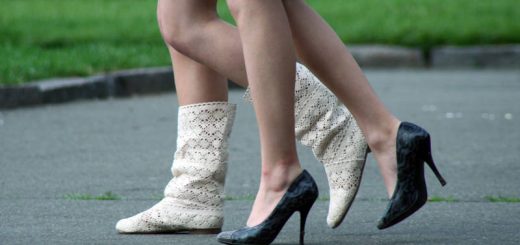When Is It Appropriate to Use Deep, Transverse Massage?
Summary
– Focus on muscle shock
– Deep, transverse massage: what is it for?
– Practice of deep, transverse massage

In sports, the most frequent injuries are observed on muscles, ligaments or tendons. The shocks suffered can have many long-term consequences and can become a source of disability.
Deep, transverse massage aims to massage the injured or painful areas in depth while avoiding manipulating healthy regions.
Focus on muscle shock
When there is trauma, inflammation is created due to the damage to the fibrous tissue:
– This inflammation is self-sustaining and leads to pain that lasts over time.
– Fibrous scar tissue forms around the injured area, limiting the range of motion and generating additional pain in the long run.
– The collagen fibres that form afterwards take the direction imposed by the injury, which no longer allows normal mobility to be recovered in the long term.
In the presence of this type of trauma, a deep, transverse massage may be indicated.
Deep, transverse massage: what is it for?
Deep, transverse massage will manipulate damaged tendon and muscle tissues to limit inflammation and restore normal tissue elasticity and mobility:
– Through deep pressure and friction movements, it will stimulate local hyperemia: bringing increased blood flow to the injured area will allow blood cells and other blood constituents to fight inflammation effectively.
– In addition, it will prevent the formation of fibrous tissue around the injured area; or if it is already formed, if it is an old injury, it will make it more flexible and partially, or even totally, restore the range of motion.
Good to know: deep, transverse massage was developed by Dr Cyriax between the 1930s and 1950s.
The practice of deep, transverse massage
The maneuvers are practised by combining friction and pressure:
– The movements are performed in-depth, transversely to the injured muscle fibres.
– Deep static pressure and circular friction are also used to activate blood flow.
Note: it is essential not to rub the skin, which would be unpleasant and, above all, ineffective, but to accompany the movement deep down, towards the painful muscle or tendon.
By a specialist
You can consult a masseur or physiotherapist specialising in the technique, especially if the pain is in an area you cannot access, such as your back.
– The practitioner will use his fingers, elbows and phalanges to exert maximum pressure.
– The treatment lasts about 15 minutes and should be repeated 2 to 3 times a week.
Self-massage
You can also practice self-massage if it is an area you have access to, such as the arms or legs.
– Place your thumb on the painful area and work it in-depth, applying strong and constant pressure or in circular motions, always with the strength of your thumb.
Initially, it is excruciating, but the more the injured area softens, the less pain is felt.
– If the area is larger, you can use the palm of your hand.
– The self-massage should be repeated 3 or 4 times a day, for a duration of 3 or 4 minutes.
Good to know: for maximum effectiveness, it is preferable to start the treatment immediately after the shock, even if it may hurt a little at first…
Read more:
- What is a Physiotherapist?
- What Is the Role of a Physiotherapist?
- What Are the Fields of Application of Physiotherapy?
- Kinesiologist and Physiotherapist, What Is the Difference?
- What Is Physiotherapy?
Hope this post has pleased you. Please do not forget to share your experience in the comment section below.



